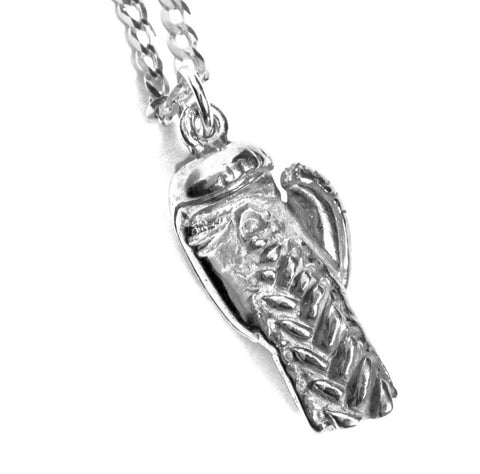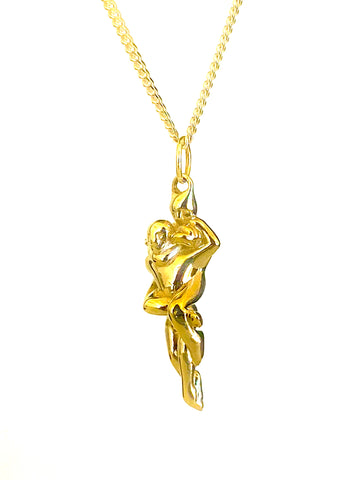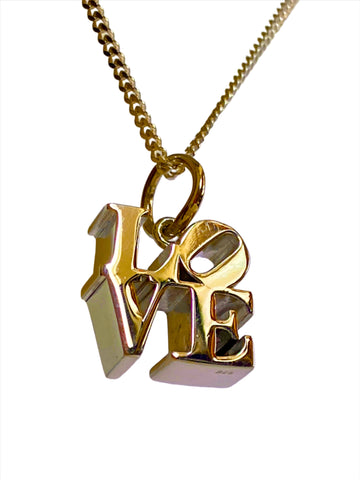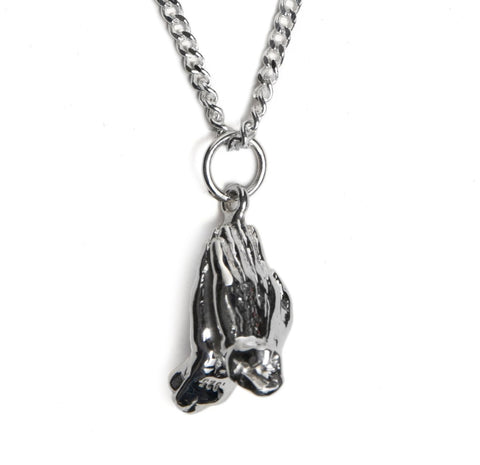This Hawaii tradition has always meant "no worries" everything here is and will always be good no matter what happens. Used as a greeting or gesture, usually conveying tones of love, family, friend, aloha, togetherness, rightousness, thankful, greatful, blessed, supreme karma. Given freely without anything expected in return, and always from the heart.
According to the Honolulu Star-Bulletin, prevailing local lore credits the hand gesture to Hamana Kalili of Laie, who lost the three middle fingers of his right hand while working at the Kahuku Sugar Mill. Kalili was then shifted to guarding the sugar train, and his 'all-clear' wave evolved into the Shaka. The late Lippy Espinda, a used car salesman and Oahu based entertainer, has also been named as a possible creator of the shaka. Espinda, who frequently appeared as an extra in the original Hawaii 5-0 as well as The Brady Bunch episodes shot in Hawaii, used the term and the sign during his television ads in the '60s. In Surfing Mag. May p. 34 1986 "Some old-time Japanese residents in Hawaii say ‘shaka’ dates back to the 1880s, means ‘Praise the Lord,’ and was used when someone did something good.
Hand sculpted by Spencer Fujimoto.
Also available in solid 14k or 10k gold in our 'Lux Collection' or rhodium (silver)
or gold plated brass in our 'Standard Collection'
With or without a .925 solid sterling silver cuban chain.
Measurements - 3/4 in. x 1/3 in.
Metal - solid .925 sterling silver
Average Weight: 9g with a 1-2g range
Allow 6-8 weeks for delivery, 'Lux Collection' pieces are made to order, and this piece is made in Hawaii.
El Señor New York is not responsible for any custom fees that may be charged to you by your country for international shipping.
Please Note:• IMPORTANT: Sterling silver is an alloy containing metals that react with chemicals found in air and produce tarnish; high moisture levels, exposure to sunlight and contaminants such as salt water increase this reaction. Take steps to protect your sterling findings by keeping them in airtight packages, use tarnish-resistant products (such as tarnish tabs or strips) that absorb harmful chemicals, and store sterling findings in a cool, dry place. Most tarnish is easily removed by polishing with a mild abrasive or soaking in an anti-tarnish solution.




